Highlights
Director-General

News
Gaza: FAO delivers more than 2 400 veterinary kits to protect livestock and sustain livelihoods
From FAO Regional Office for Near East and North Africa

Story
Buzzing futures: Forming Azerbaijan’s next generation of beekeepers
How FAO is empowering rural youth with cutting-edge skills.

QU Dongyu addresses High-Level Roundtable on Agrifood Systems Transformation in Lesotho
He called for immediate critical action amid a steady rise in hunger levels in Africa

Publication
The State of Food Security and Nutrition in the World 2024
Every year, SOFI monitors and analyses the world’s progress towards ending hunger, achieving food security and improving nutrition. Read the report.

In Focus
Investing in rural youth
Young people are key agents of change. Their empowerment is key to inclusive rural transformation.

In Focus
FAO response to global food security challenges
Data analyses, policy recommendations, and actions on the ground.

Interactive story
Understanding food insecurity
Explore the issue of food insecurity through the lenses of urbanization and gender.
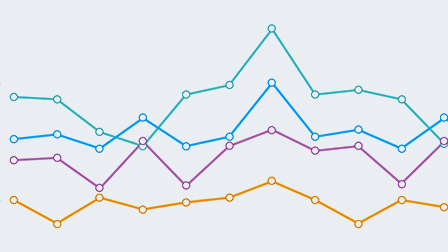
Statistics
FAOSTAT - Food and agriculture data
FAOSTAT provides free access to food and agriculture data for over 245 countries and territories and covers all FAO regional groupings from 1961 to the most recent year available.

Campaign
Celebrating our food heroes
Meet the women, men, boys and girls who are helping to realise the right to food for all!
Director-General

QU Dongyu addresses High-Level Roundtable on Agrifood Systems Transformation in Lesotho
He called for immediate critical action amid a steady rise in hunger levels in Africa
Join the conversation
Voices of Impact
From Honeycombs to Green Jobs: Empowering Zimbabwe's Rural Youth through Beekeeping
20/05/2024
In Zimbabwe beekeeping provides unique employment opportunities for young apiarists. Watch the video and learn how beekeepers such as Ennia and Evelyn have enhanced their skills and embarked on successful entrepreneurial projects with the support of the FAO Bee Farmer Field Schools programme.
Video
Access to nutritious food is a right not a privilege
14/06/2023
The right to food is about giving people access to enough nutritious food. And it is about empowering them to be able to feed themselves.
Podcast
The coffee industry: a catalyst for change in child labor
04/08/2022
The region of Ixil in Guatemala is one of the poorest coffee-growing regions in the world. Low literacy rates and child labor have long plagued the population. Find out how FAO and partners are promoting education and safe youth employment in the coffee industry.
Data
FAO Hunger Map
Sources: FAO, IFAD, UNICEF, WFP and WHO. 2024.
The State of Food Security and Nutrition in the World 2024 – Financing to end hunger, food insecurity and malnutrition in all its forms. Rome, FAO.
https://doi.org/10.4060/cd1254en; FAO. 2024.
FAOSTAT: Suite of Food Security Indicators. [Accessed on 24 July 2024].
https://www.fao.org/faostat/en/#data/FS.
Licence: CC-BY-4.0.
2020 World
31.2%
2010 World
31.5%
In depth

Data
Transparency is key to FAO’s mission
Our new transparency portal shows how and where our resources are used and the results we have achieved. Explore the portal now.
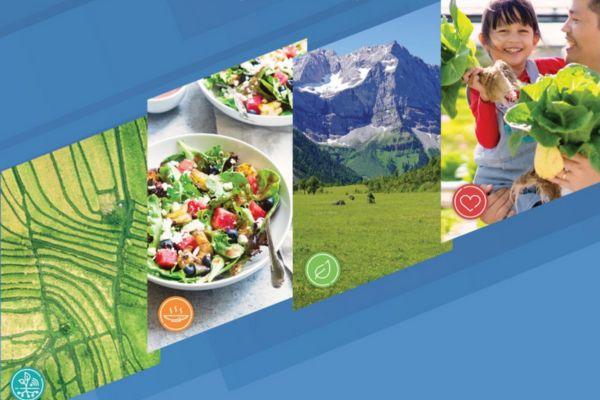
Publication
Medium Term Plan and Programme of Work
The Director-General’s Medium Term Plan (Reviewed) 2022-25 and Programme of Work and Budget 2024-25.
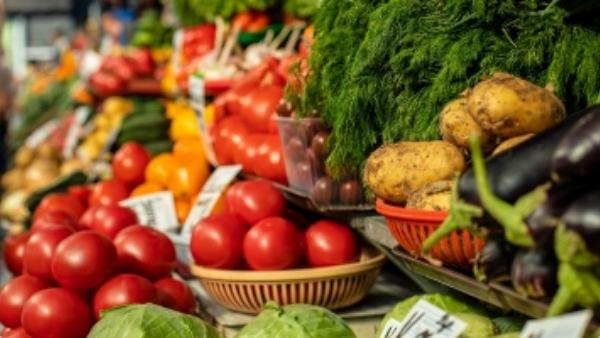
In Focus
FAO Data Lab
The FAO Data Lab for Statistical Innovation modernizes the statistical business process, with a specific focus on emergency contexts, when having access to timely information is very important.
FAO and the SDGs
Hover the mouse over an SDG icon for more information
A world free from hunger and malnutrition where food and agriculture contributes to improving the living standards of all

FAO works with governments and partners to empower some of the world’s most marginalized people to end rural poverty.
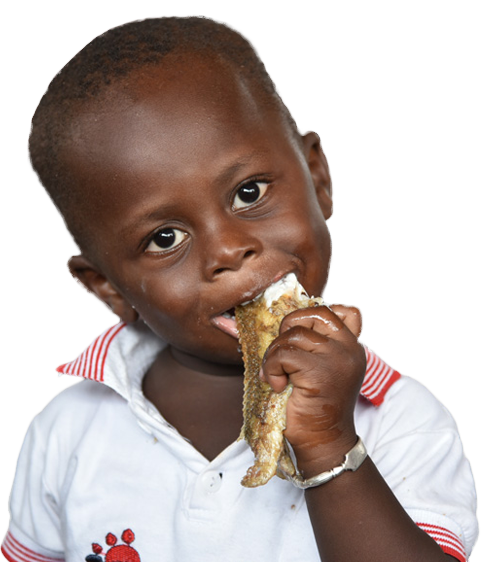
FAO helps ensure food security by developing ways of growing food that will work in the future so that millions of people don’t go hungry.
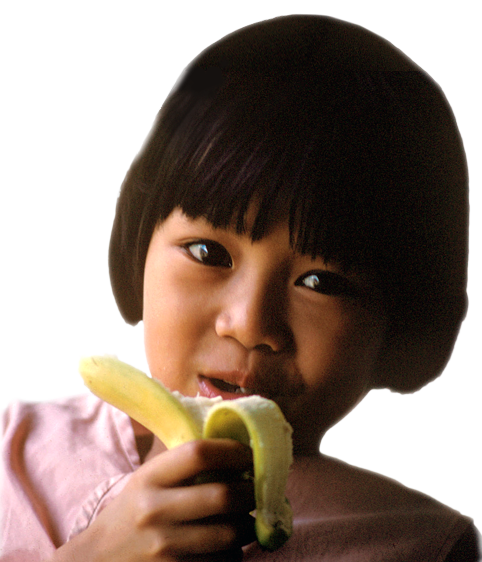
Good health starts with nutrition. FAO sets global standards and works with governments and the private sector to ensure food quality and safety throughout the food chain.

FAO invests in educational systems for rural communities and supports improved access to primary education and school meals in order to create equal opportunities for all and chances of lifelong learning.
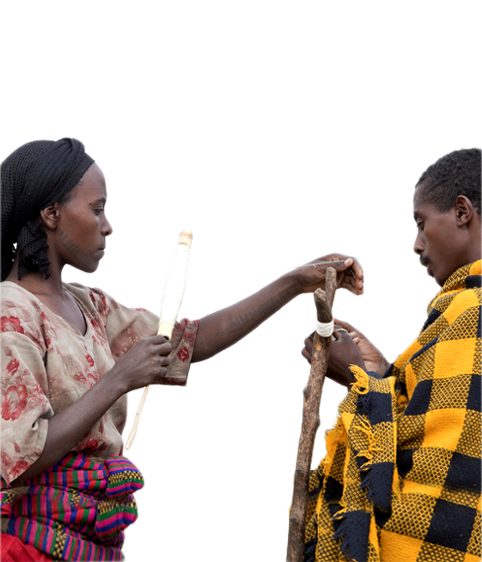
FAO supports gender equality in the agricultural sector in an effort to raise levels of nutrition in local communities and improve agricultural productivity.
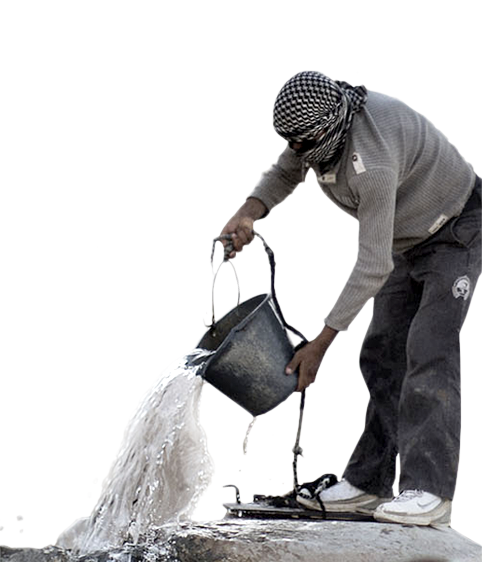
FAO works with governments to ensure water use in agriculture is made more efficient, equitable and environmentally friendly.
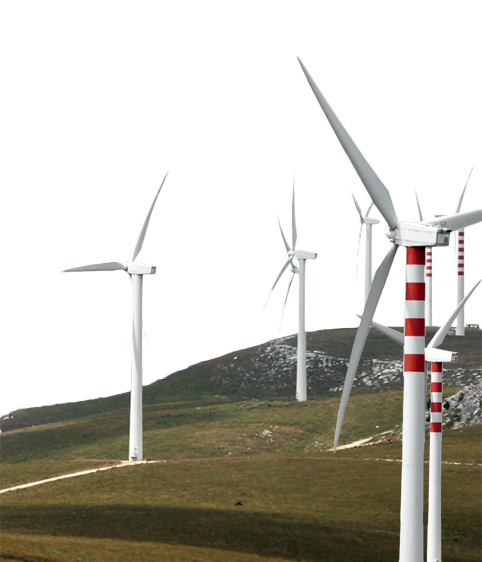
FAO promotes the use of renewable energies and works to ensure access to modern energy services across the food chain.
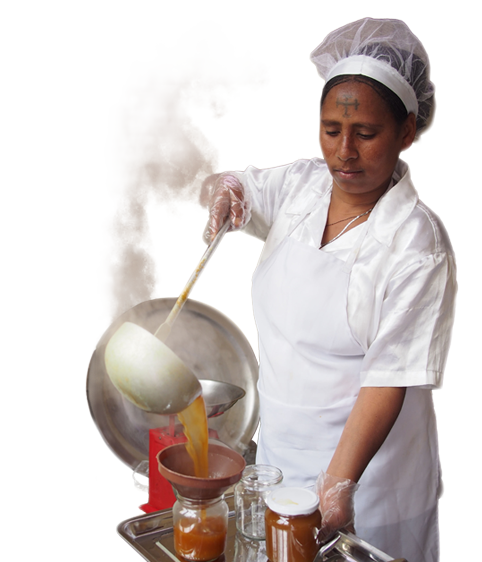
FAO seeks better economic opportunities for all by investing in sustainable agricultural practices and food systems that reduce inequalities and create decent jobs.
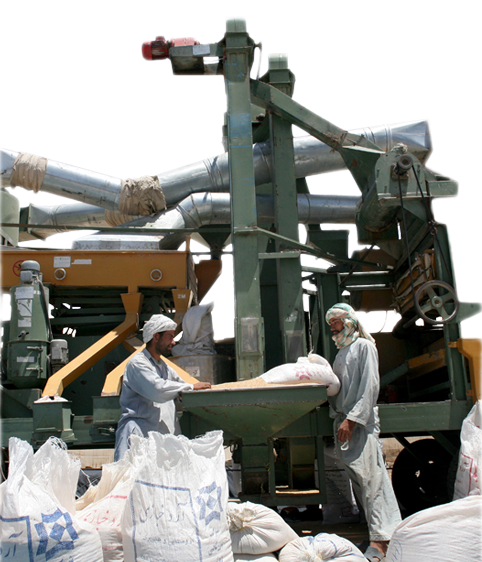
FAO seeks to secure a future for rural communities via investments in transportation, irrigation, food storage facilities and communication technologies.
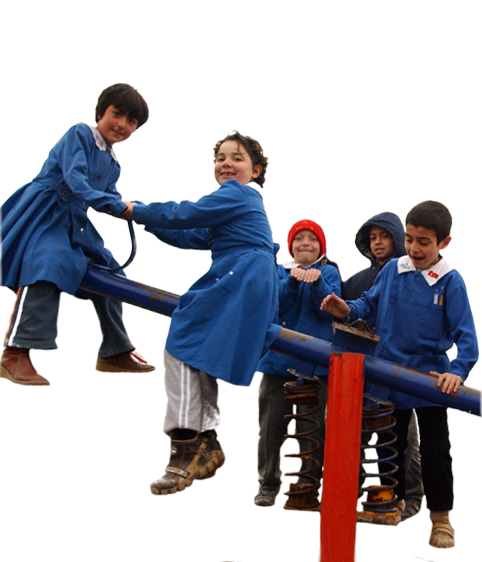
FAO works with countries and partners to generate employment in rural areas, ensure access to natural resources for the most vulnerable and connect farmers to markets.

FAO works to improve urban healthcare, water quality and rethink city region food systems to help deter the negative effects of sprawling urbanisation.
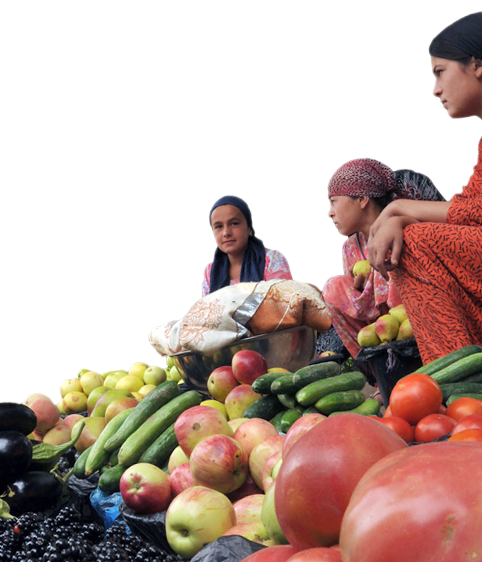
FAO coordinates major global initiatives and projects to tackle food waste and loss, partnering with international organisations, the private sector and civil society.

FAO supports countries in responding to the threats of climate change by providing advice, data and tools for better agricultural policies and practices.
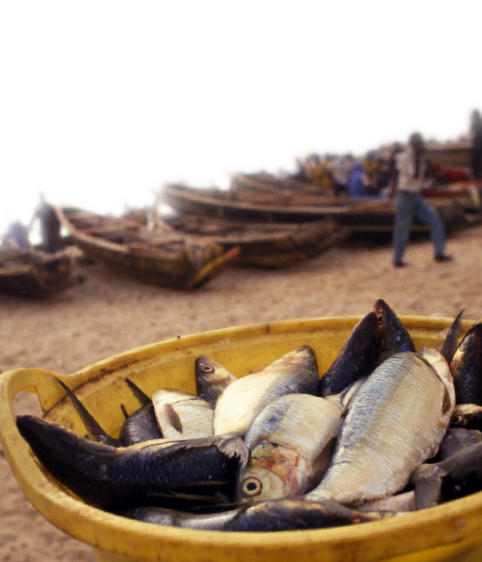
FAO, in partnership with governments and fishing communities, implements best practices in fisheries to ensure our oceans are protected as a means of livelihoods.

FAO promotes sustainable approaches to natural resource management and supports endeavours that promote a balance between conservation and development initiatives.
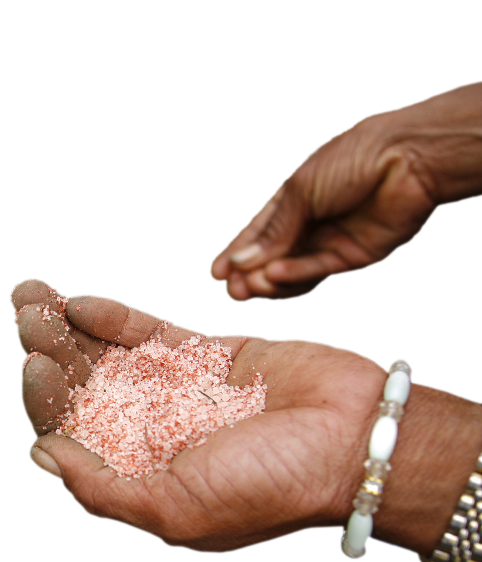
FAO plays a critical role in peacebuilding, restoring rural livelihoods, building resilience and participatory approaches to policymaking.
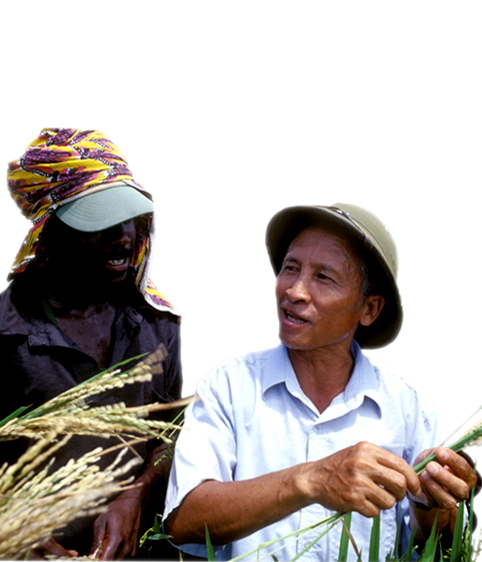
FAO acts as a neutral policymaking forum and develops partnerships with all concerned with food and agriculture to ensure a world free from hunger.





















